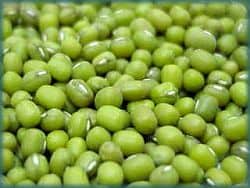The obroma cacao also cacao tree and cocoa tree, is a small (4–8 m or 15–26 ft tall) evergreentree in the family Sterculiaceae (alternativelyMalvaceae), native to the deep tropical region of the Americas. Its seeds are used to make cocoa powder and chocolate. There are two prominent competing hypotheses about the origins of the domestication of the originally wild Theobroma cacao tree. One is that wild examples were originally distributed from southeastern Mexico to the Amazon basin, with domestication taking place both in the Lacandon area of Mexico and in lowland South America. But recent studies ofTheobroma cacao genetics seem to show that the plant originated in the Amazon and was distributed by humans throughout Central America andMesoamerica.
Cacao is used to describe both the unprocessed beans that are used to make chocolate and the tree they come from. The word “cacao” comes from the Olmec civilization that preceded theMayans in the southern Gulf of Mexico. The common synonym “cocoa” is actually a misspelling of the original word. The Theobroma cacao tree is found in the Amazon forests as well as in other tropical regions. It produces three types of beans, which are the Criollo, Forastero and Trinitario. All are used to create chocolate and offer distinct health benefits.
Benefits of Cacao
Chocolate and cocoa derive their health benefits from flavonoids which are plant pigments capable of acting as antioxidants to counteract some of the cellular damage that can lead to chronic diseases such as cancer and heart disease. Cocoa powder has also been shown to lower blood pressure and improve blood flow in humans. A cup of cocoa has almost three times the antioxidants of a cup of green tea, another drink renowned for its health benefits. With all of the antioxidant capabilities of cocoa it may seem like a no-brainer to add dark chocolate and cocoa to your diet. While cocoa is still recommended by most experts when consumed in reasonable quantities, the health benefits of cocoa should be balanced by its potential drawbacks.

